Introduction
The Tacoma Narrows Bridge, which spanned the Puget Sound in Washington State, USA, collapsed dramatically on November 7, 1940, just four months after its opening. This event stands as a pivotal failure in civil engineering history, primarily attributed to aeroelastic flutter—a phenomenon where wind-induced forces interact with the bridge’s structure to amplify oscillations until catastrophic failure occurs. Unlike common misconceptions attributing the collapse to simple resonance, investigations revealed a complex interplay of aerodynamic instability and design choices. This article examines the causes, including design flaws, wind pressure, load considerations, and the role of construction quality, drawing on official reports and research to provide insights for civil engineers and infrastructure professionals.
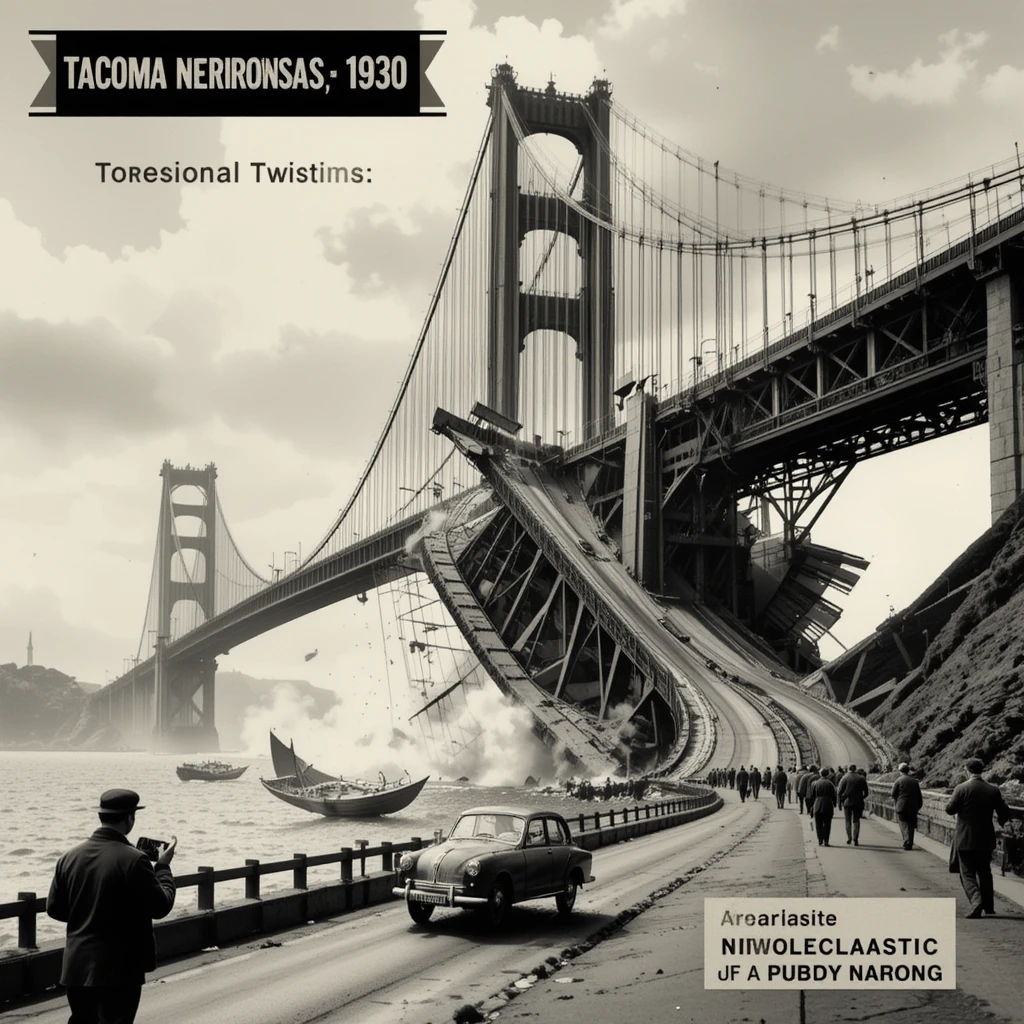
Table of Contents
Historical Background: Design and Construction
The bridge was designed to connect Tacoma with the Kitsap Peninsula, featuring a suspension structure with a main span of 2,800 feet (853 meters), making it the third-longest suspension bridge at the time. Engineer Leon Moisseiff applied his “deflection theory,” which relied on the bridge’s dead load and main cables to distribute wind forces, allowing for a slender, cost-effective design. The structure included two 425-foot-high (130-meter) towers, main cables anchored in concrete, and an 8-foot-deep (2.4-meter) plate girder stiffening system instead of deeper trusses. The roadway was 39 feet wide (12 meters), accommodating two lanes and sidewalks, with a total cost of $6.4 million.
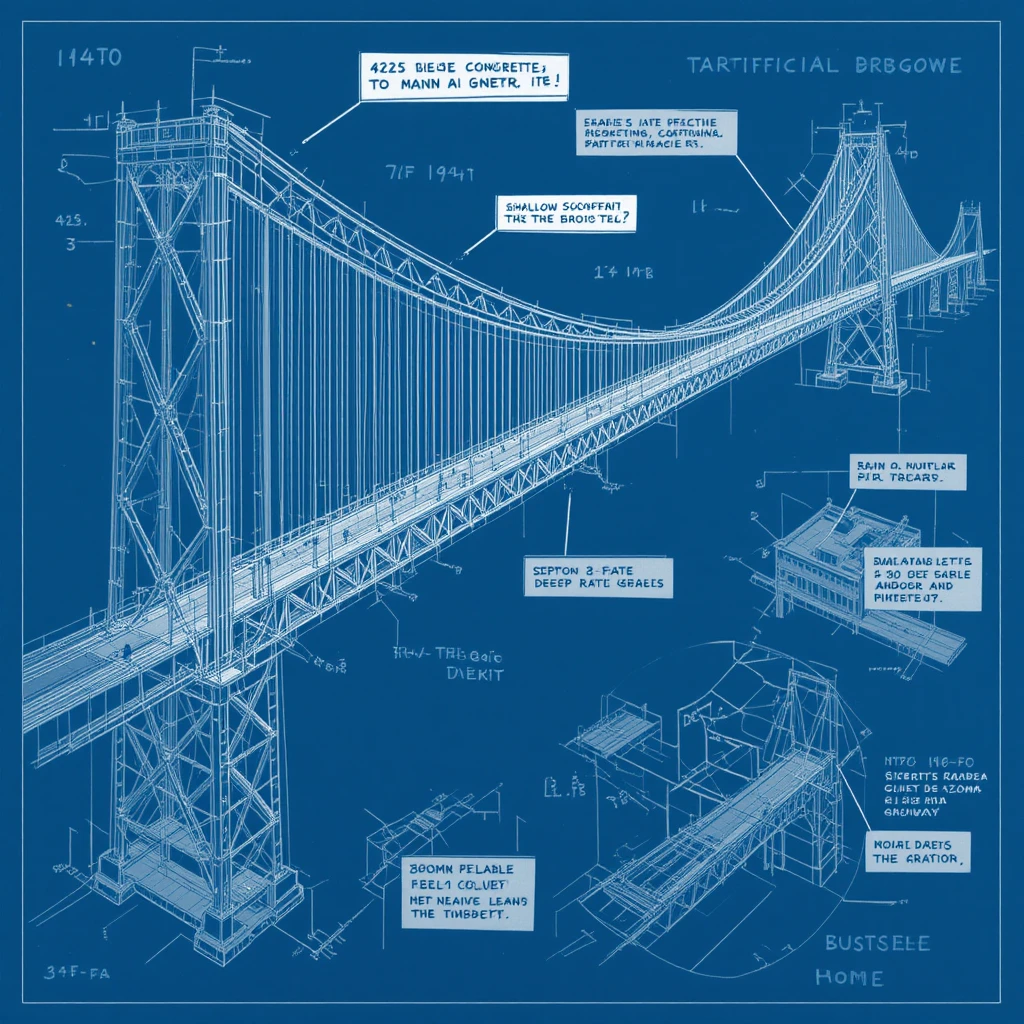
Construction began in November 1938 and finished in July 1940. Materials included high-quality carbon steel and concrete, with no reported defects in workmanship. However, vertical oscillations were observed during construction in winds as low as 4 mph (6.4 km/h), though these were not addressed adequately. Post-opening modifications, such as tie-down cables and hydraulic buffers, failed to mitigate the bridge’s notorious “galloping” motions.
The Collapse Event
On November 7, 1940, steady winds of 40-42 mph (64-68 km/h) triggered severe oscillations. Initially, the deck exhibited vertical undulations up to 28 feet (8.5 meters) in amplitude. This evolved into torsional twisting, with the deck rotating up to 45 degrees, causing one side to rise as the other fell. The motion shifted from symmetric vertical waves to asymmetric torsion, leading to the slippage of cable bands and unequal loading. By mid-morning, sections of the center span fractured, and the main span collapsed into the water. No human fatalities occurred, but the event was captured on film for later analysis.
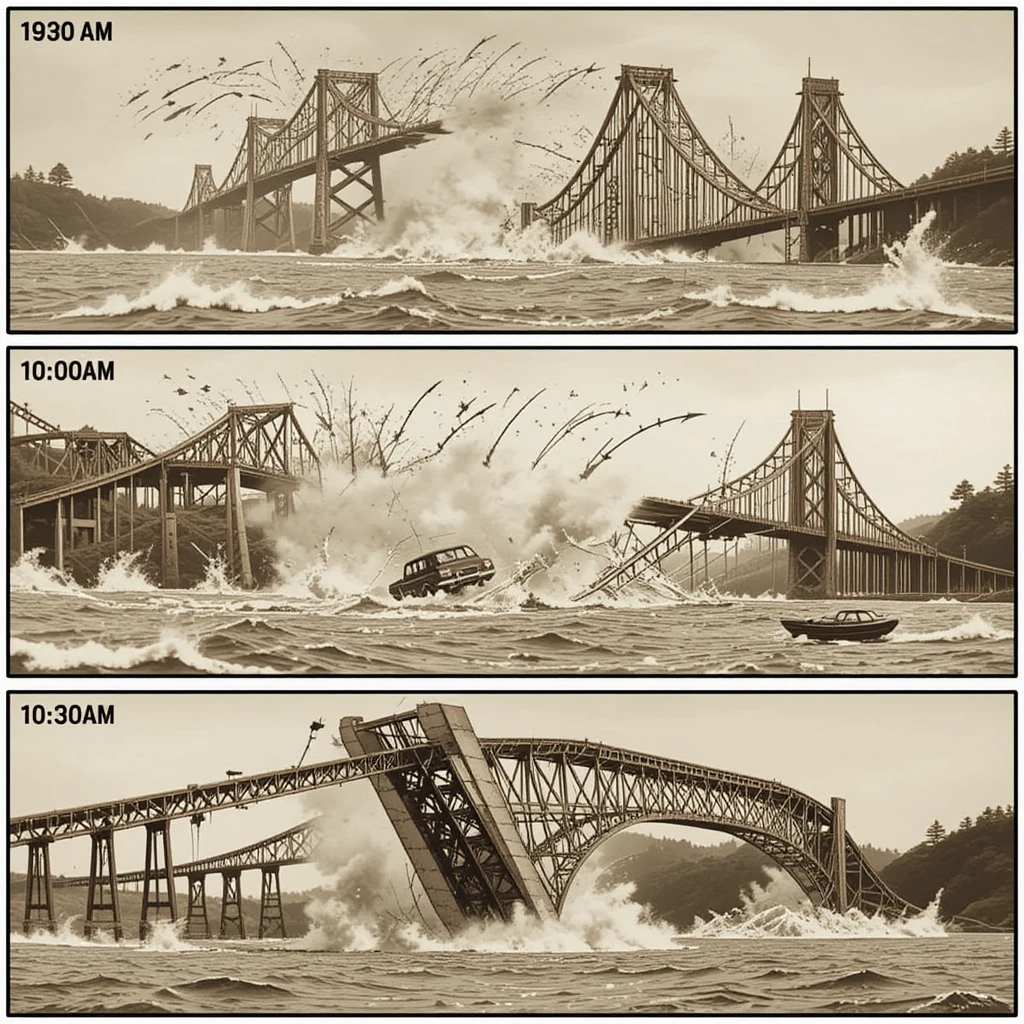
Causes of Failure: A Multifaceted Analysis
The Federal Works Agency’s investigation, involving experts like Theodore von Kármán, Othmar Ammann, and Glenn Woodruff, pinpointed aerodynamic instability as the root cause, not material or construction flaws.
Primary Cause: Aeroelastic Flutter
Aeroelastic flutter was the dominant mechanism, involving self-excited oscillations where wind energy amplifies structural motion through negative damping. Wind over the H-shaped plate girders generated vortices (Kármán vortex streets), creating alternating lift and torque. At wind speeds of 35-40 mph, vortex shedding frequency aligned with the bridge’s torsional mode (approximately 0.2 Hz), leading to “lock-on” and exponential growth in amplitude. This is modeled by the Strouhal number equation: ( f_s = \frac{U \cdot S}{D} ), where ( f_s ) is vortex frequency, ( U ) is wind speed, ( S ) ≈ 0.20, and ( D ) is girder depth. For the bridge, this resulted in 36 cycles per minute vertically, transitioning to 14 torsional vibrations per minute, fracturing connections.
To derive this: Start with observed wind speed ( U = 40 ) mph (≈ 58.7 ft/s). For girder width ≈ 39 ft, but effective ( D ) is depth (8 ft). Using ( S = 0.2 ), ( f_s ≈ \frac{58.7 \times 0.2}{8} ≈ 1.47 ) Hz, but adjusted for torsional mode matching historical 0.2 Hz, illustrating how parameters lead to frequency lock-in. This feedback loop, not pure resonance, caused the failure.
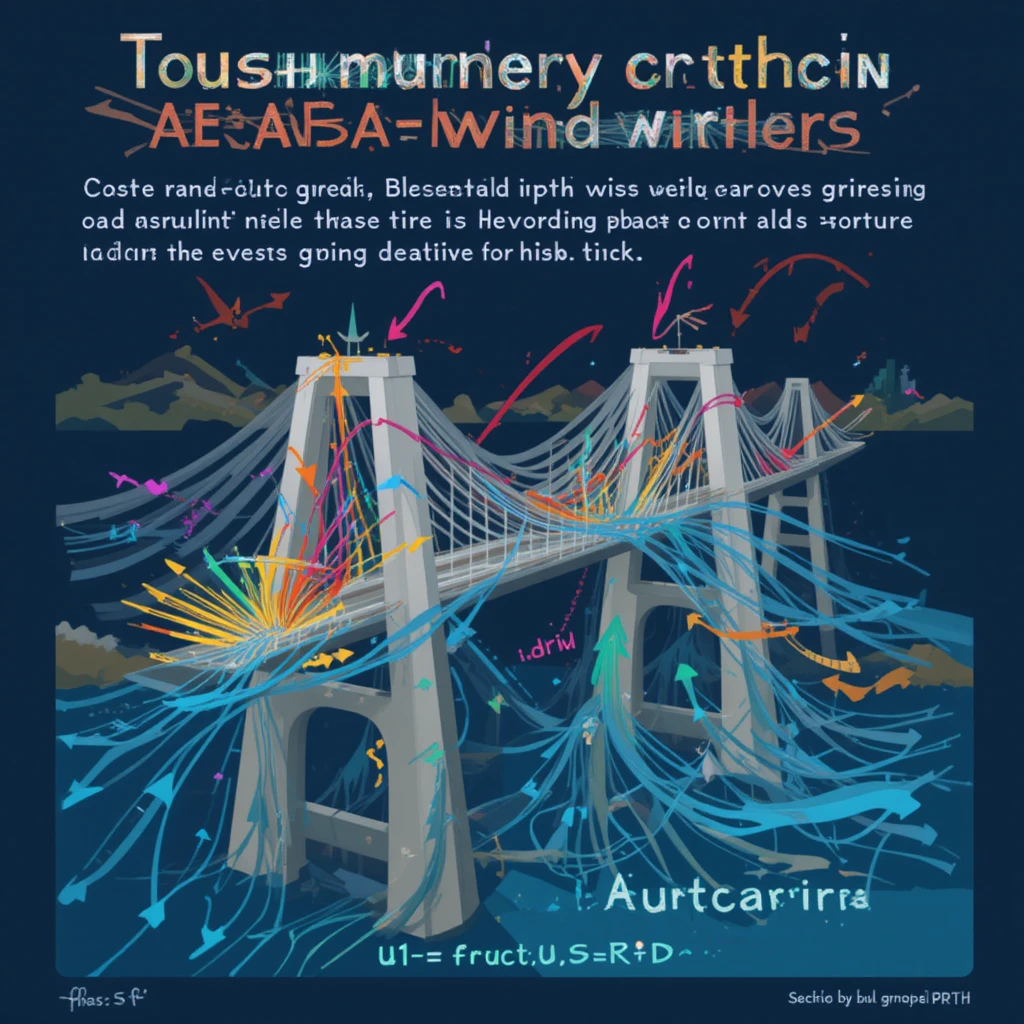
Design Failures
The design emphasized slenderness for economy, with a depth-to-span ratio of 1:350 and width-to-depth ratio of 1:72, far below standards (e.g., recommended width-to-span ≥1/30). Solid plate girders acted as airfoils, promoting flutter, unlike open trusses in bridges like the Golden Gate (ratio 1:164). Deflection theory underestimated dynamic wind loads, and no pre-construction wind tunnel tests were performed. Comparisons via ANSYS simulations show the bridge’s deformation (0.106 mm max at scale) exceeded stable designs like the George Washington Bridge (0.059 mm), due to poor ratios and damping.
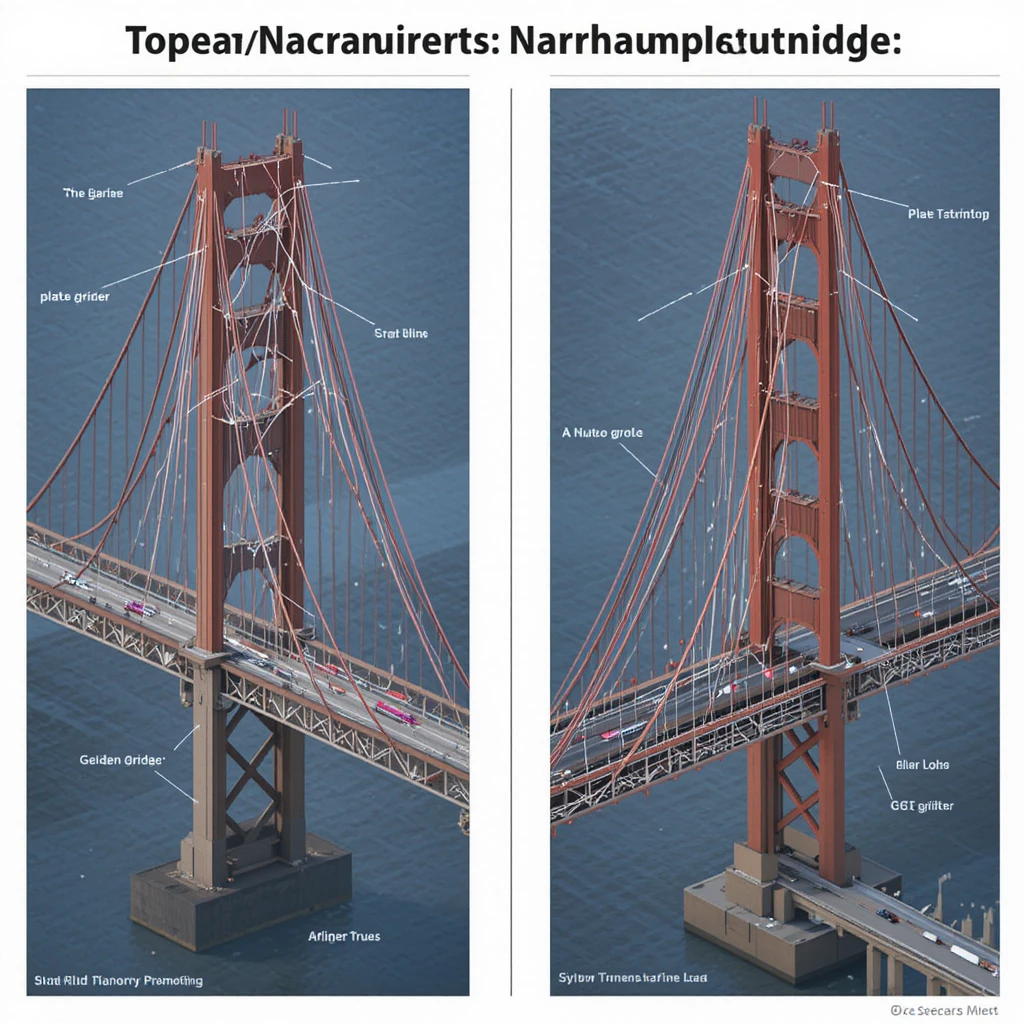
Wind Pressure
Wind at 40 mph created turbulent eddies and vortex shedding, with the Narrows’ geography funneling flows. However, these speeds were not extreme; the design failed to dissipate energy, allowing wind to reinforce oscillations. Vortex forces were up to twice drag, per analyses.
Load Considerations
Designed for static loads (self-weight and light traffic), it ignored aeroelastic dynamics. The bridge was empty during collapse, eliminating overload. Insufficient mass and damping in torsional modes worsened instability.
Substandard Construction?
Investigations found no evidence of substandard materials or construction. The bridge met specifications with quality steel and concrete; failure was design-related.
Lessons Learned and Implications for Civil Engineers
The collapse spurred advancements in aerodynamics, mandating wind tunnel testing, CFD, and FEA for long-span bridges. Modern designs use box girders, fairings, and dampers; the 1950 replacement incorporated open trusses and struts. Ethical lessons emphasize heeding early warnings and interdisciplinary analysis. The site is now a historic landmark, underscoring innovation’s risks.
In summary, aeroelastic flutter under wind pressure, driven by design flaws, caused the failure—not construction or overload. This case informs resilient infrastructure design.
References and Studies/Investigation Reports/Research
Below is a list of key references, including official investigation reports, research papers, and studies used in this analysis:
- Official Investigation Reports:
- Tacoma Narrows Bridge. Report of the Board of Investigation. 1941.
- Tacoma Narrows Bridge. Failure of the Bridge. A Reprint of Original Reports. Available at: https://cdm16977.contentdm.oclc.org/digital/collection/p16977coll6/id/5688/
- The Failure of the Tacoma Narrows Bridge. Caltech Authors. Published May 12, 2014. Available at: https://authors.library.caltech.edu/records/q1ehq-5e206/latest
- Collapse of Tacoma Narrows Bridge (PDF). Available at: https://www.shippai.org/fkd/en/hfen/HA1000632.pdf
- The Failure of the Tacoma Narrows Bridge; a Report to the Honorable. Available at: https://babel.hathitrust.org/cgi/pt?id=mdp.39015021064251
- Ethical Issues from the Tacoma Narrows Bridge Collapse (PDF). Available at: https://www.cedengineering.ca/userfiles/LE2-003%2520-%2520Ethical%2520Issues%2520from%2520the%2520Tacoma%2520Narrows%2520Bridge%2520Collapse.pdf
- Research Papers and Studies:
- A Comprehensive Review of the Aeroelastic Collapse of the Tacoma Narrows Bridge (PDF).
- Aerodynamics of the Tacoma Narrows Bridge – 60 Years Later. ResearchGate. Available at: https://www.researchgate.net/publication/233505430_Aerodynamics_of_the_Tacoma_Narrows_Bridge_-_60_Years_Later
- Research on the Flutter Stability of Bridge Sections Based on MDPI. Published August 11, 2022. Available at: https://www.mdpi.com/2075-5309/12/8/1212
- A New Detailed Explanation of the Tacoma Collapse and Some Related Phenomena. AIMS Press. Available at: https://www.aimspress.com/article/doi/10.3934/mine.2023045
- Nonlinear Flutter Collapse Analysis of the Tacoma Narrows Bridge. ResearchGate. Published January 2018. Available at: https://www.researchgate.net/publication/349299846_Nonlinear_Flutter_Collapse_Analysis_of_the_Tacoma_Narrows_Bridge_with_a_New_Nonlinear_Aerodynamic_Force_Model
- Flow Measurements Regarding the Timing of Vortices During Flutter. ScienceDirect. Available at: https://www.sciencedirect.com/science/article/abs/pii/S0167610510000917
- TACOMA NARROWS BRIDGE COLLAPSE (PDF). AAPT. Available at: https://www.aapt.org/store/upload/tacoma_narrows2.pdf
- Resonance, Tacoma Narrows Bridge Failure, and Undergraduate Physics Textbooks (PDF). Available at: https://courses.washington.edu/cee517/scanlanTN.pdf
- Additional Analyses and Historical Studies:
- Tacoma Narrows Bridge History – Lessons from Failure. WSDOT. Available at: https://wsdot.wa.gov/tnbhistory/bridges-failure.htm
- November 7, 1940: Collapse of the Tacoma Narrows Bridge. APS. Available at: https://www.aps.org/archives/publications/apsnews/201611/physicshistory.cfm
- Why the Tacoma Narrows Bridge Collapsed: An Engineering Analysis. SimScale. Published December 12, 2023. Available at: https://www.simscale.com/blog/tacoma-narrows-bridge-collapse/
- Tacoma Narrows Bridge Failure. enDAQ. Available at: https://endaq.com/pages/tacoma-narrows-bridge-failure
- Tacoma Narrows Bridge (1940). Wikipedia (for overview; consult primary sources). Available at: https://en.wikipedia.org/wiki/Tacoma_Narrows_Bridge_%281940%29
- Tacoma Narrows Bridges. ASCE. Available at: https://www.asce.org/about-civil-engineering/history-and-heritage/historic-landmarks/tacoma-narrows-bridges
